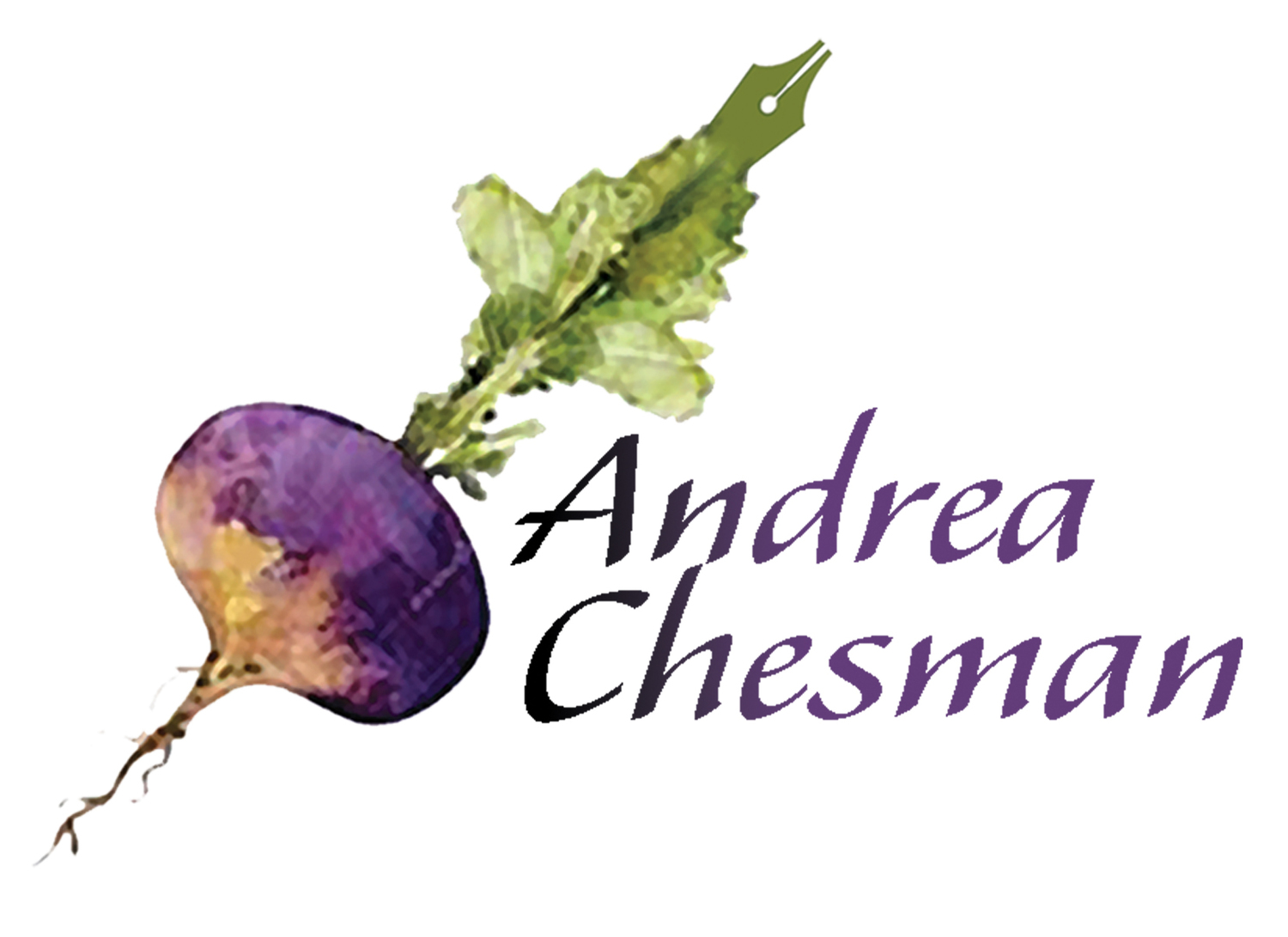My friend Joanna suffers from a new psychiatric disorder. It hasn’t yet appeared in the psychiatric bible, the DSM, but as soon as she started talked about it, I knew I suffered from it also.
 It's not pretty. On top of CSA anxiety disorder, I suffer from refrigerator management deficit disorder
It's not pretty. On top of CSA anxiety disorder, I suffer from refrigerator management deficit disorder
The disorder is CSA anxiety disorder (or CSAAD, as I call it), and its symptoms appear cyclically. Like the day before a CSA pick up. The anxiety centers around the refrigerator, which is often filled with vegetables, vegetables from the CSA that haven’t been prepared and consumed by the time the next CSA pickup rolls around.
The anxiety can be heightened by guilt, especially if you are prone to guilt due to a certain religious or ethnic background (you know who you are).
In the New York Times on Wednesday, July 18, Julia Moskin wrote about vegetable anxiety, which apparently goes beyond CSA members and extends into the general farmers’ market shopping population. She writes that even though everybody knows they should be eating more vegetables, and many are buying gorgeous fresh vegetables from the market, meal planning still centers around the meat, with vegetables as the afterthought.
Obviously, you need to reverse that kind of thinking and start your meal planning around the vegetables.
 A CSA share
A CSA share
Joanna has found that a huge stir-fry of greens does much to decrease the anxiety. And it will, a big bag of greens cooks down to almost nothing. Season with soy sauce and garlic, and serve it over rice with some tofu. Even better, master a few stir-fry sauces and your family will never again ask for Chinese take-out when your refrigerator has all you need. Or cook up some Italian sausage, sauté a mound of vegetables, and serve it over pasta, with a sprinkling of Parmesan cheese. (If you cut all the vegetables to the same size and sauté or stir-fry the vegetables one type at time, you will get better results.)
When I wrote Serving Up the Harvest, I included several “master recipes” that can be made with whatever vegetables you have on hand. You can make quiches, crepes, stir-fries, lo mein, vegetable soups, and sautés by following the basic recipe and using whatever vegetables you have on hand. The recipe below is one of my favorites.
It is far, far better to start cooking with more vegetables than to give up your CSA. After all, where would you get your beautiful flowers?
 The best part of my week is picking my bouquet.
The best part of my week is picking my bouquet.
Sautéed Vegetable Medley with Fresh HerbsServes 4
A side dish of sautéed vegetables, much like restaurants serve, is welcome with almost every meal. The trick is to blanch the vegetables first, then finish in the sauté pan. The vegetables are most attractive when they are all cut to the same size and shape. All of the vegetables are optional – use whatever combination of vegetables you have on hand.
1 medium zucchini or other summer squash, julienned (optional)2 teaspoons salt (optional)2 tablespoons extra virgin olive oil1 shallot or 2 garlic cloves, minced1 green, red, or yellow bell pepper or 1 small fennel bulb, cut into strips (optional)1 cup green shelled peas, snap peas, snow peas, or corn kernels (optional)1-2 cups blanched julienned asparagus, broccoli stems, carrots, celery root, snap beans (optional)Salt and freshly ground black pepper2 tablespoons finely chopped or torn fresh herbs (basil, mint, oregano, rosemary, sage, summer savory, tarragon, thyme)
1. If you are using zucchini or summer squash, toss with the salt in a colander and set aside to drain for 30 minutes. Wrap in a clean kitchen towel and squeeze dry.
2. Heat the oil in a large skillet over medium-high heat. Add the shallot or garlic and sauté until fragrant and very slightly colored, about 1 minute.
3. Add any uncooked vegetables (bell pepper, fennel, peas, snap peas, snow peas, and/or corn) and sauté until slightly softened, 1 to 2 minutes. Add the remaining blanched vegetables (asparagus, broccoli, cauliflower, carrots, celery root, and/or snap beans) and continue to sauté until heated through, 2 to 3 minutes.
4. Season generously with salt and pepper. Sprinkle with the herbs. Sauté for 1 minute longer. Serve hot.

